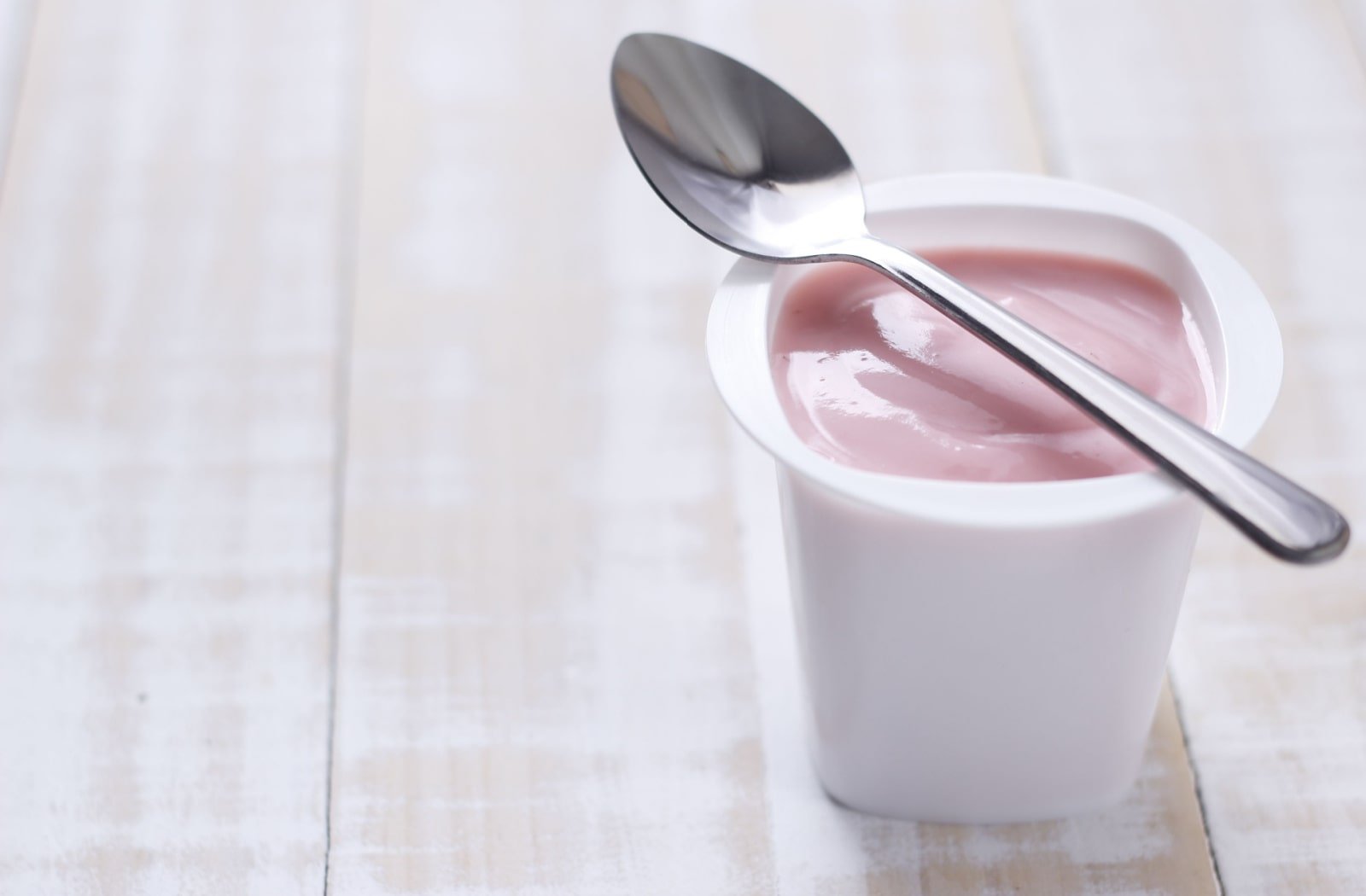Can You Eat After a Filling?
Dental fillings are a routine and essential part of oral healthcare, yet the post-filling recovery period can be uncertain. If you are wondering if you can eat after a filling: The simple answer is yes, usually you can, but carefully with consideration. Understanding how to navigate meals and snacks after dental work is crucial for both postoperative comfort and the longevity of the filling.
You should always follow your dentist’s advice because each situation or procedure could have unique variables. But here is an idea of what to expect following your filling before even sitting in your dentist’s chair.
Understanding Dental Fillings
Before diving into what and when you should eat after a filling, let's take a quick look at a few different types of fillings.
When a tooth develops decay or a cavity, a filling is used to restore the tooth's structure and prevent further decay. Fillings can be made of various materials, including amalgam, composite resins, gold, and ceramics. The choice of material depends on the location of the filling in the mouth, the extent of the repair needed, and the patient's preference.
Filling Material Pros & Cons
Each type of filling material has its advantages and disadvantages. Amalgam fillings, for example, are highly durable and are best suited for molars and premolars, which do most of the heavy chewing. Composite resins, on the other hand, provide a more aesthetic choice for fillings due to their tooth-coloured appearance, making them more popular for visible teeth.
Process of a Dental Filling
First, your dentist will typically numb the area with a local anesthetic. Then they remove the decayed portion of the tooth and clean the affected area to prevent further decay. Finally, they fill the cleaned-out cavity with the chosen filling material. The exact “filling” process can vary with the type of filling material. Then your dentist can polish the affected area to ensure your bite remains unaffected.
Of course, this process can vary between dentists or the filling’s location in your mouth. Talking to your dentist beforehand is the best way to know exactly what to expect.
Eating After a Filling
How long you should wait largely depends on the chosen material of the filling. You can typically eat within a couple of hours following a composite material filling. But your dentist may advise you to avoid chewing on the side of your mouth with the filling for 24 hours if it’s an amalgam filling because they take longer to harden fully.
And the material isn’t the only thing to consider. Other variables affecting how long you need to wait include:
How long the anesthetic takes to wear off (don’t bite your tongue!)
Tooth discomfort that makes it difficult to chew
Gum discomfort (you might still be tender)
Short-term hot or cold sensitivity
A temporary change in your bite pattern
Foods to Avoid
It’s a good idea to avoid foods that could cause problems for the filling or your still-healing mouth:
Hard & Chewy Foods
Avoid tough meats, hard bread, and chewing gum, as they can pull at the filling and the tooth it's protecting. The dentist just pushed it in there and bonded it, you don’t want food to pull the opposite way right away! A wrong impact from eating hard foods can also cause a new filling to shift or come loose.
Hot & Cold Foods
Consuming extremely hot or cold foods too soon after the procedure can cause or increase tooth sensitivity, especially if it’s a deep filling or one close to a nerve. Give your teeth time to adjust to before revisiting the steaming hot soup or chilled ice cream.
Tips for Eating After a Filling
There are a few things to consider, even if you’re eating safe and secure foods after a filling.
Taking Small Bites
Start with small bites of food when it’s time for normal meals. This decreases the likelihood of discomfort or accidental damage to the filling.
If you’re still numb, taking small bites can also minimize your risk of biting your tongue or lip. It might not be painful right away, but that numbness will wear off soon.
Chewing on the Opposite Side
Chewing on the side of the mouth without the filling is a safe practice until you're more accustomed to eating with the new restoration. It helps to evenly distribute your bite's force and protect the filling from undue stress.
Maintaining Oral Hygiene
It’s important to continue with regular brushing and flossing after a filling, but be gentle when working around the area of the filling. Good oral hygiene is essential to keep the area clean and safe from additional cavities or infections.
Discuss Your Filling with Your Dentist
Eating after a filling doesn't need to be a nerve-wracking experience. And it’s barely an issue in many cases. However, discussing any concerns with your dentist is ultimately the best way to get personalized instruction or recommendations unique to your situation.
Contact our team at Shine Dental today to request an appointment. One of our experienced dentists can examine your mouth and determine whether you need a filling. And they can give you all the information you need to prepare for this common dental procedure so that it goes as smoothly as possible so you can get back to smiling, eating, and drinking before you know it.

